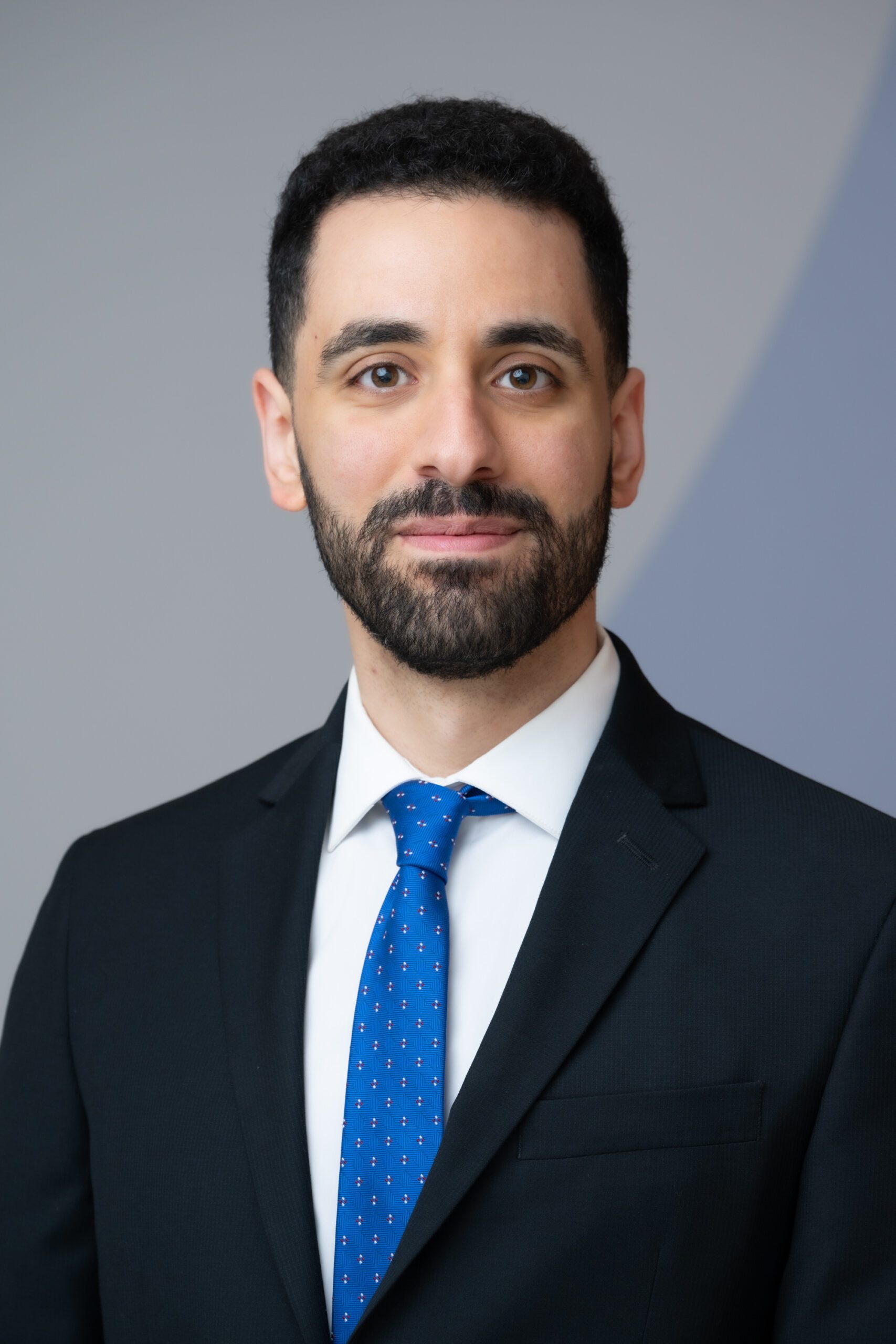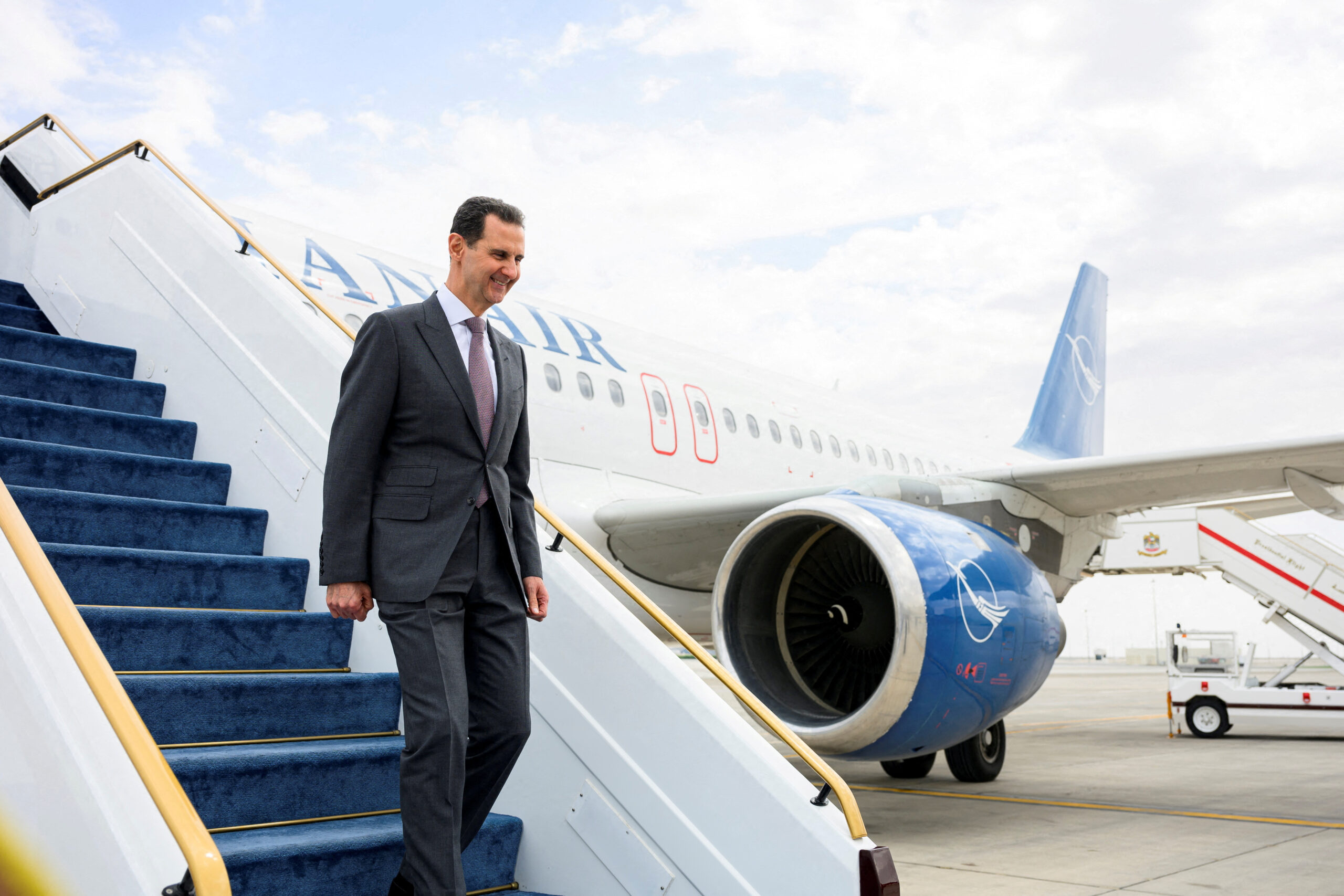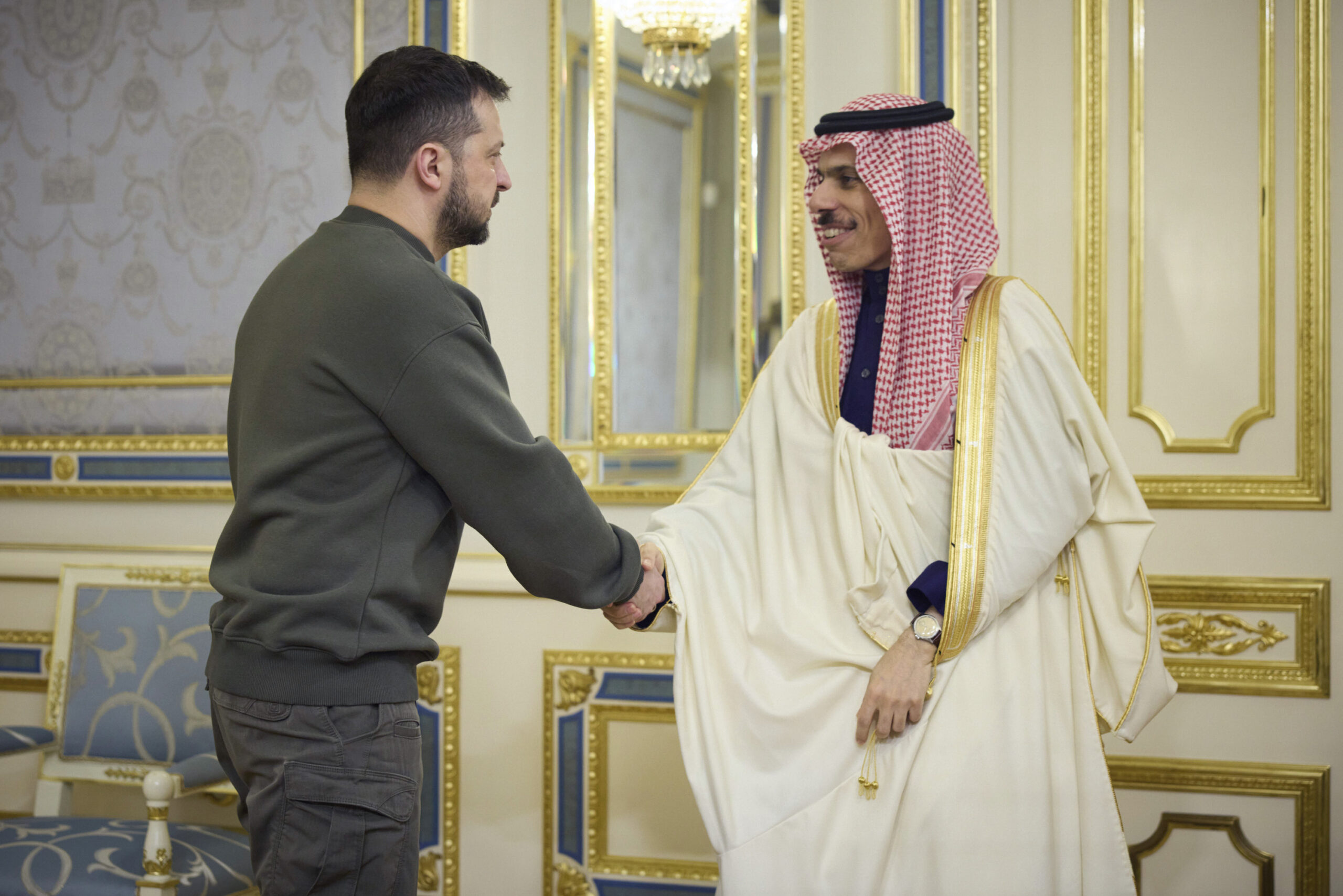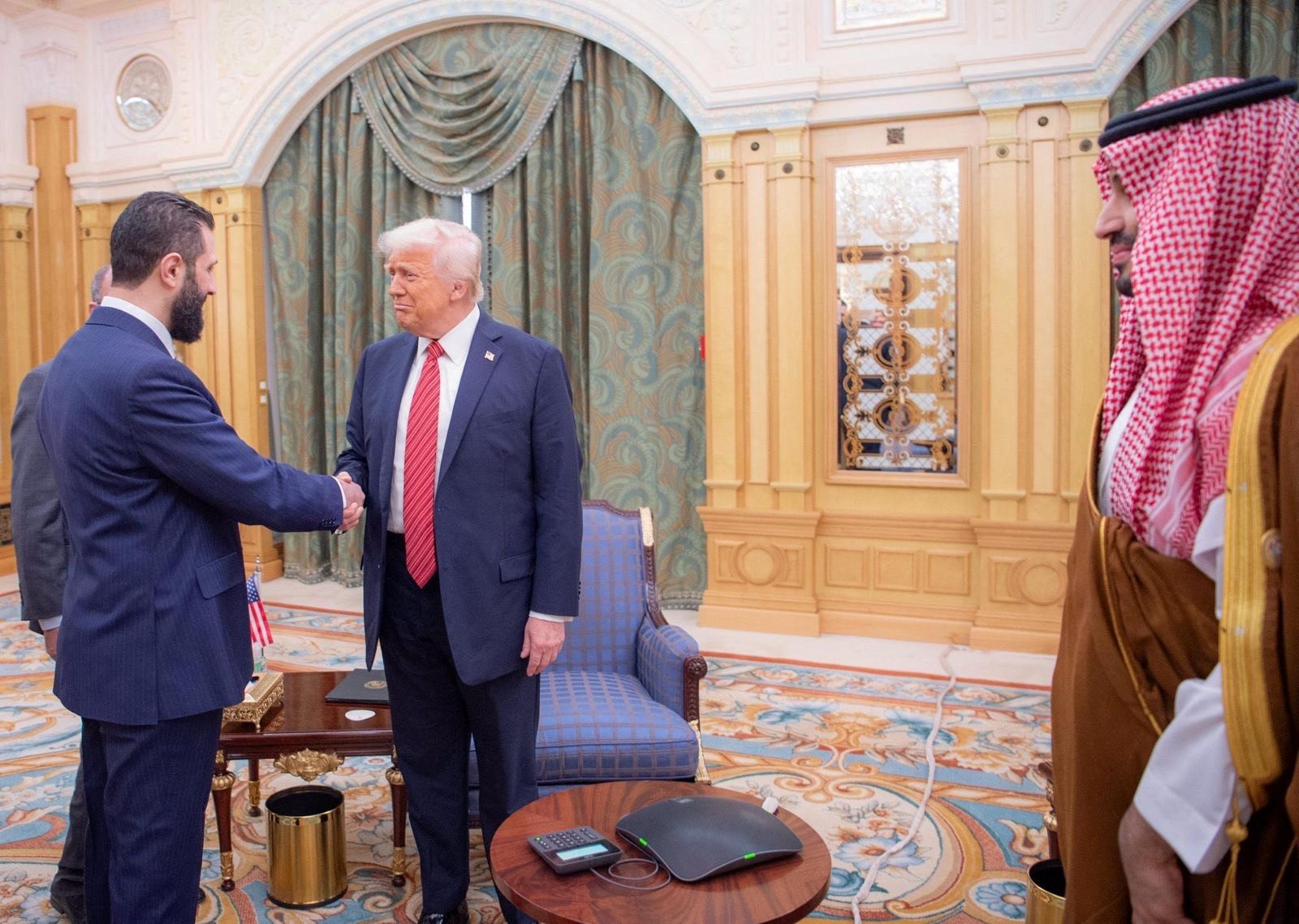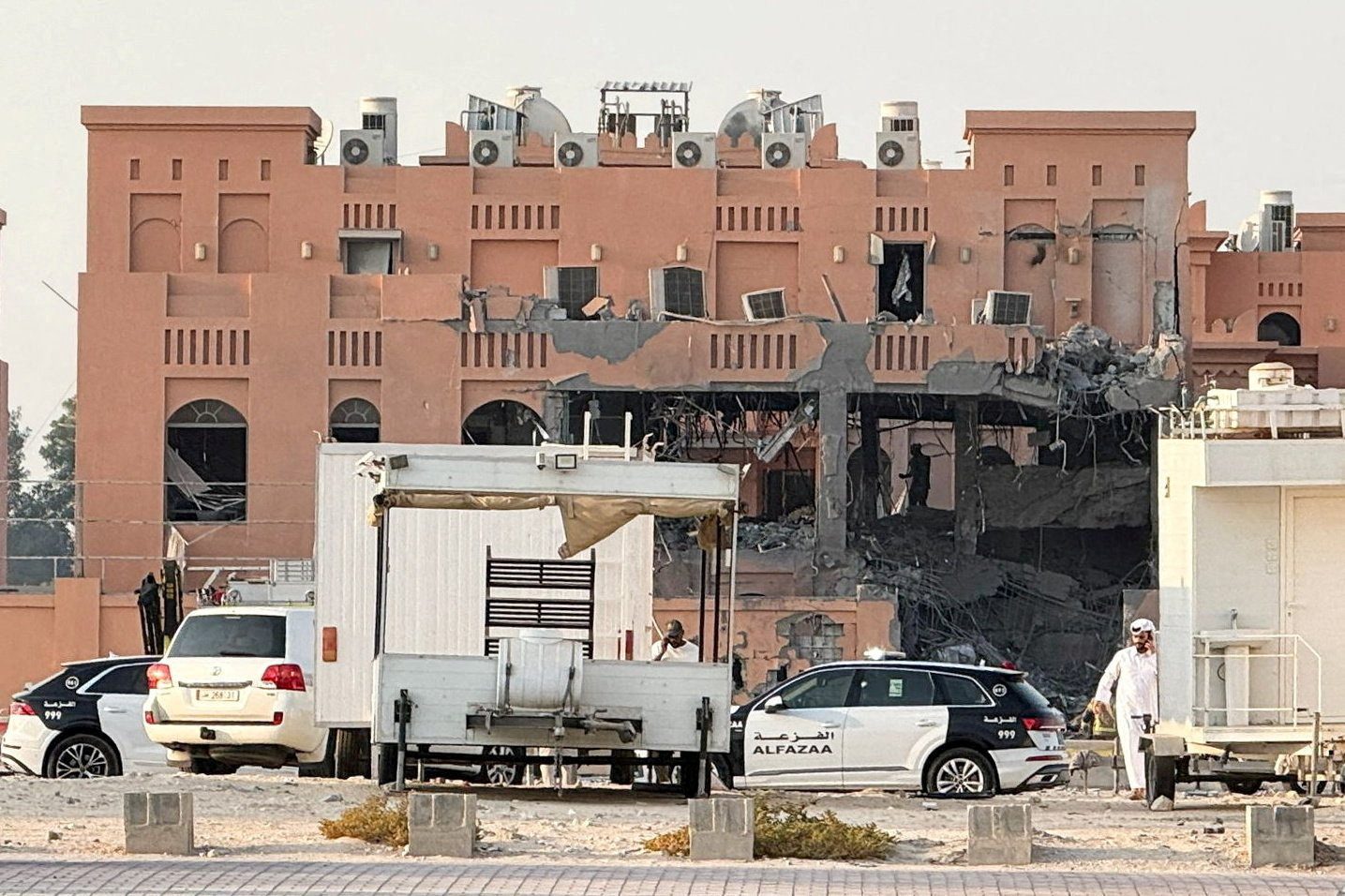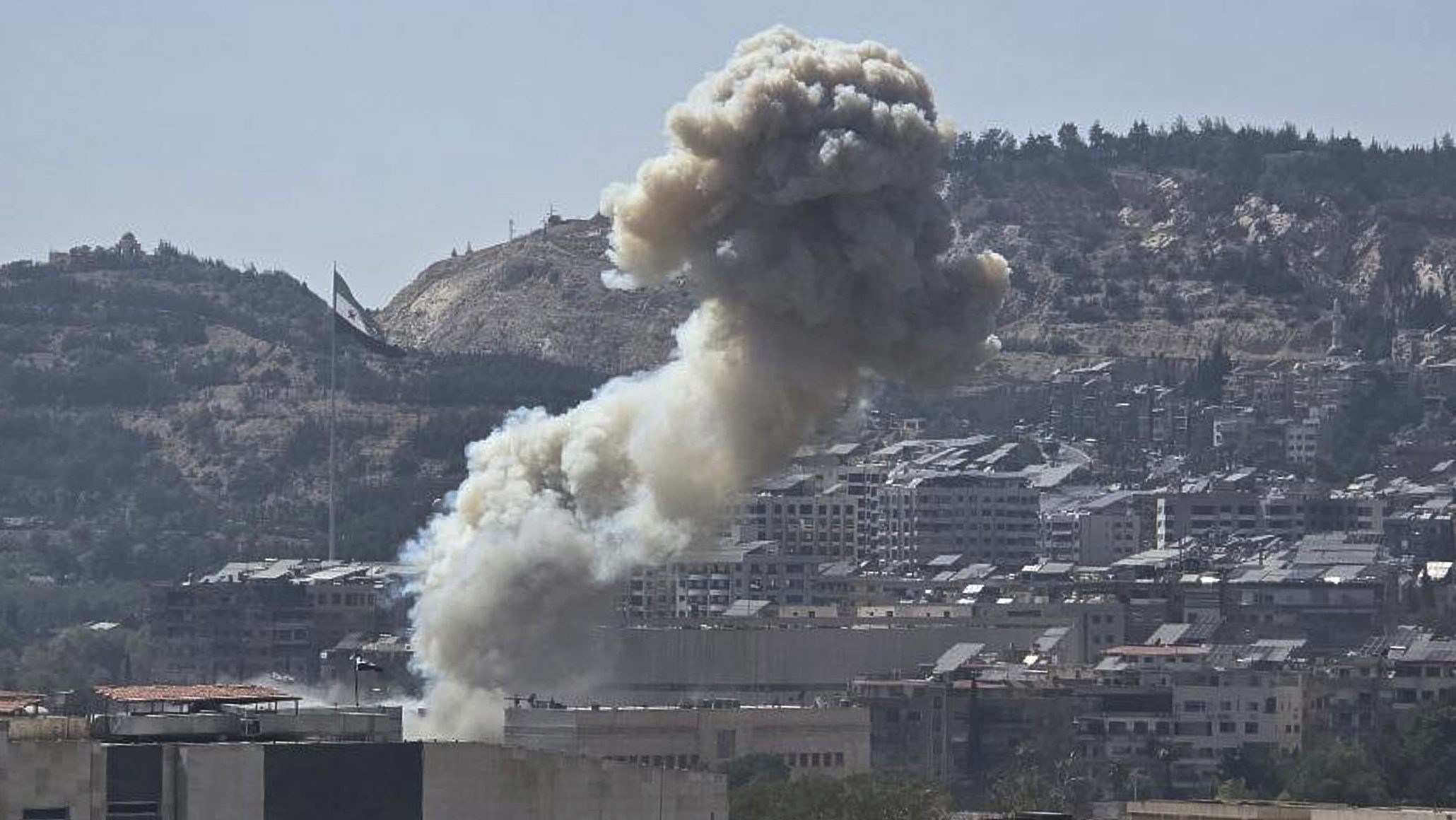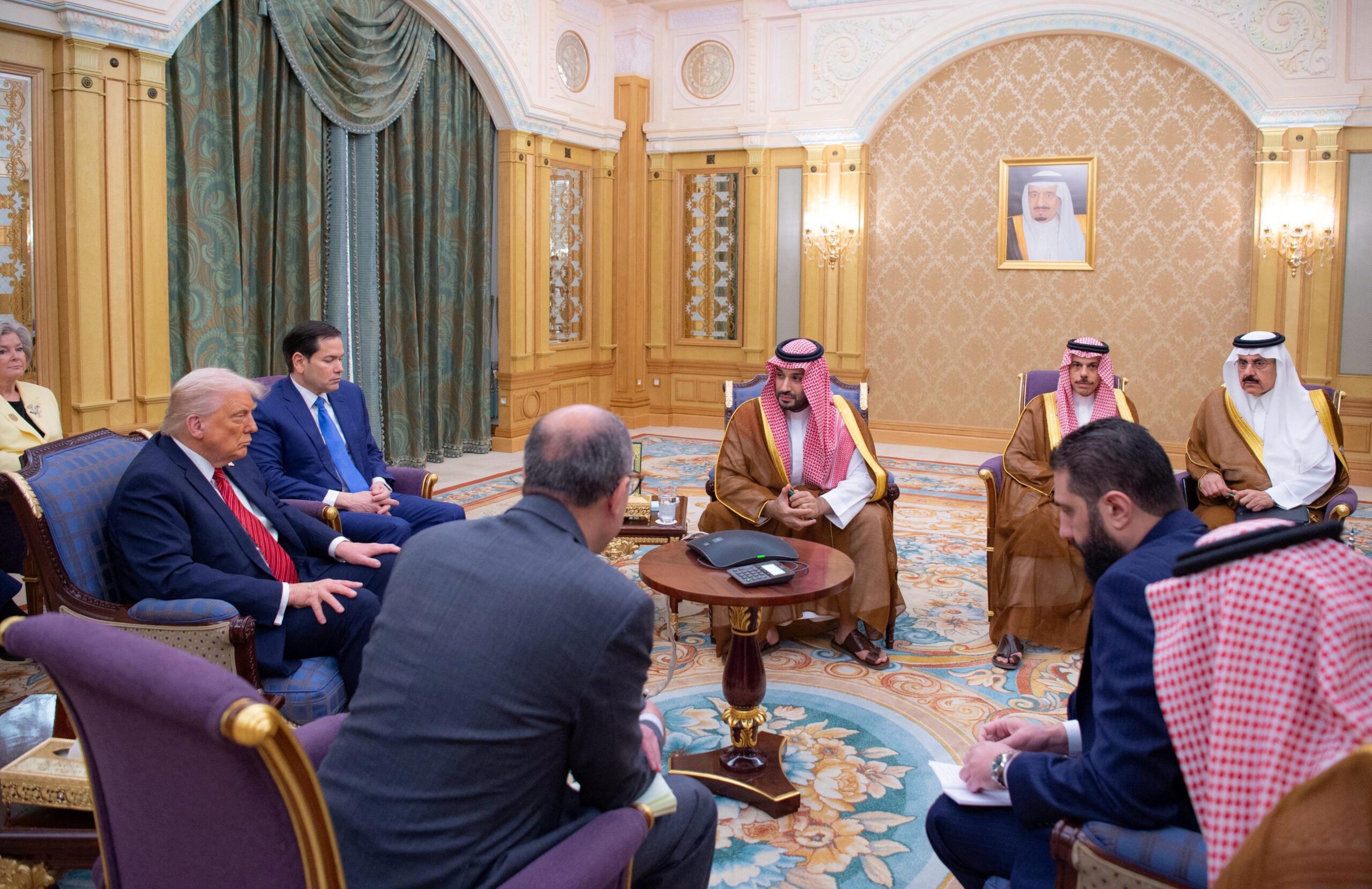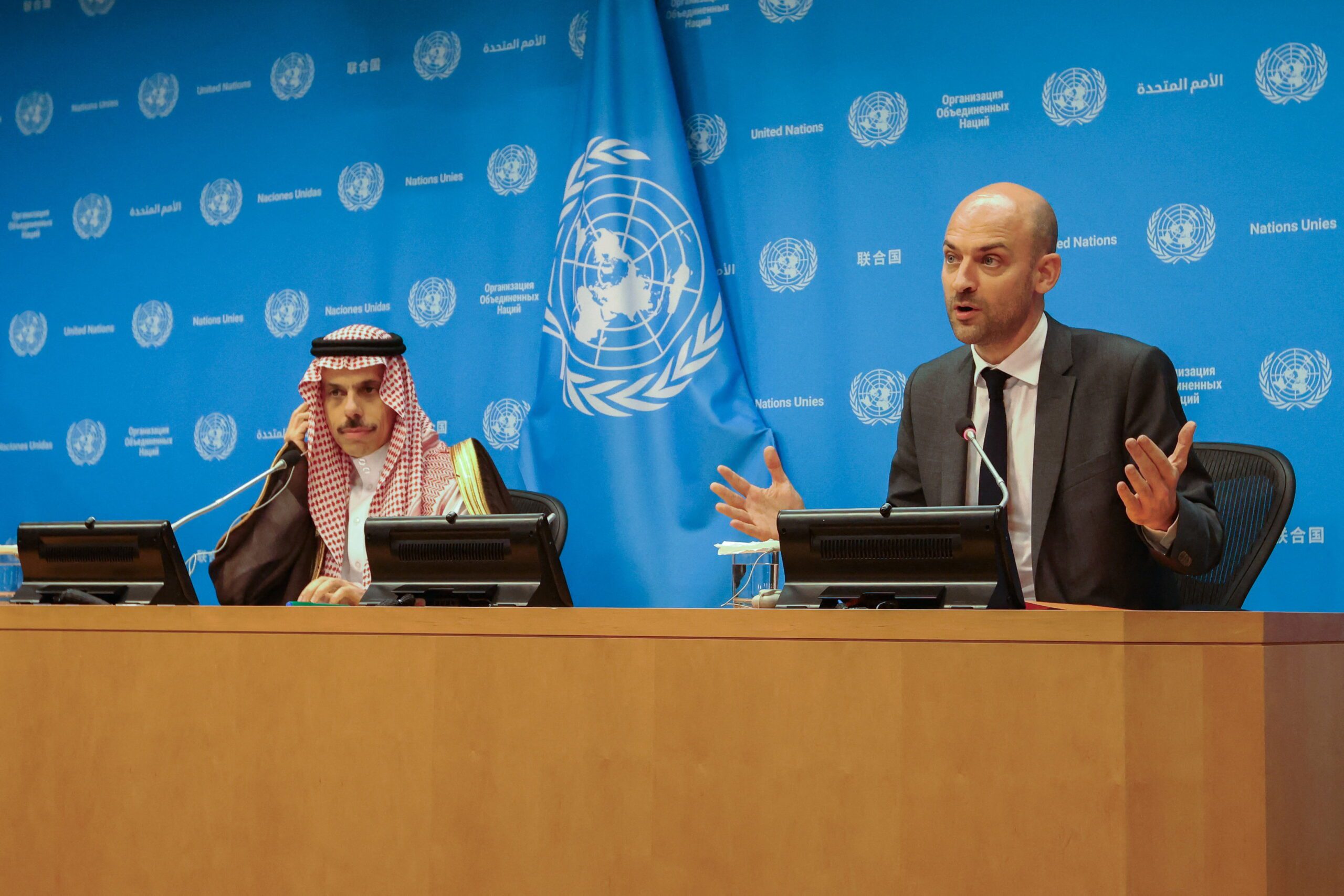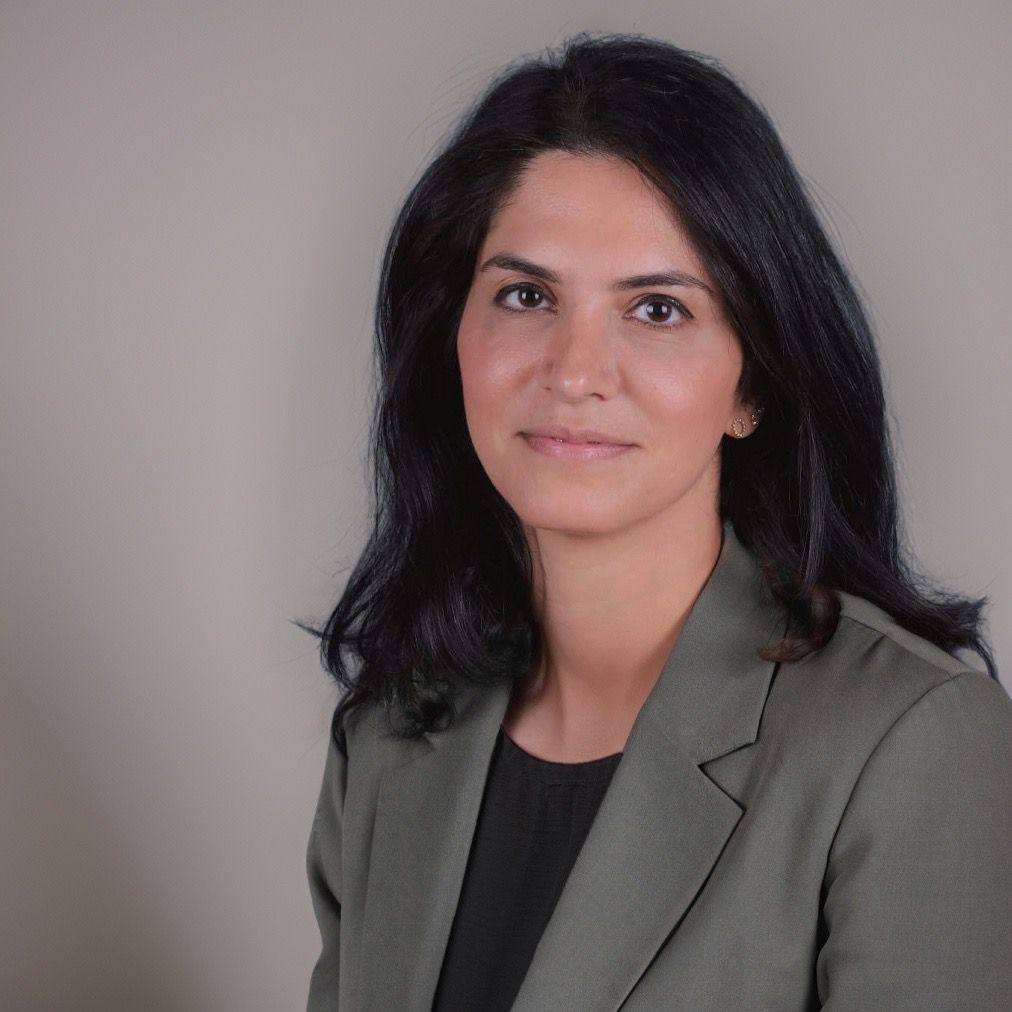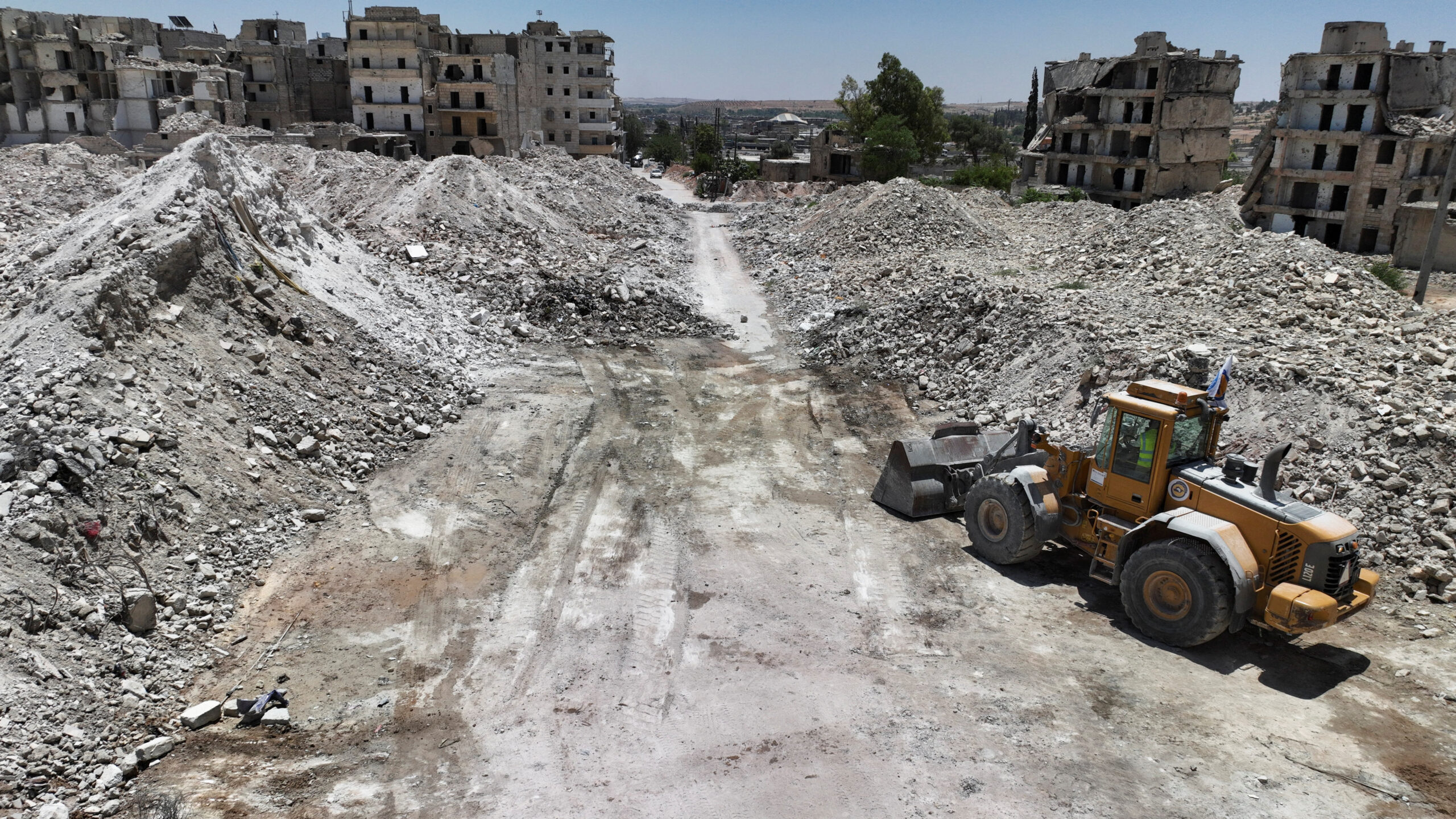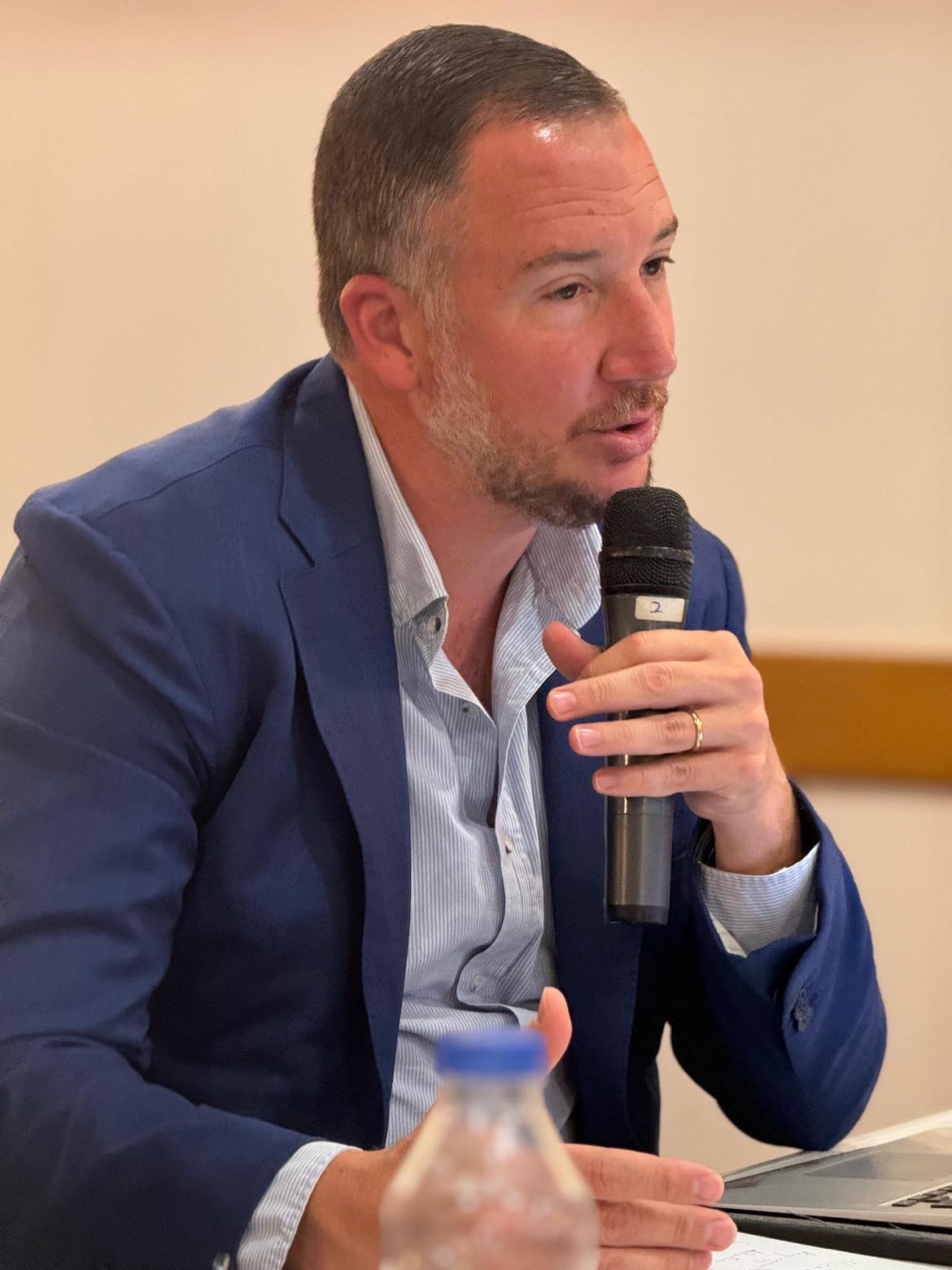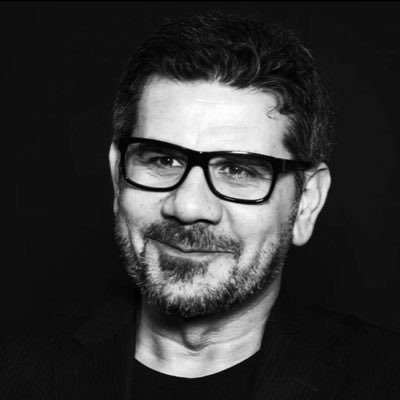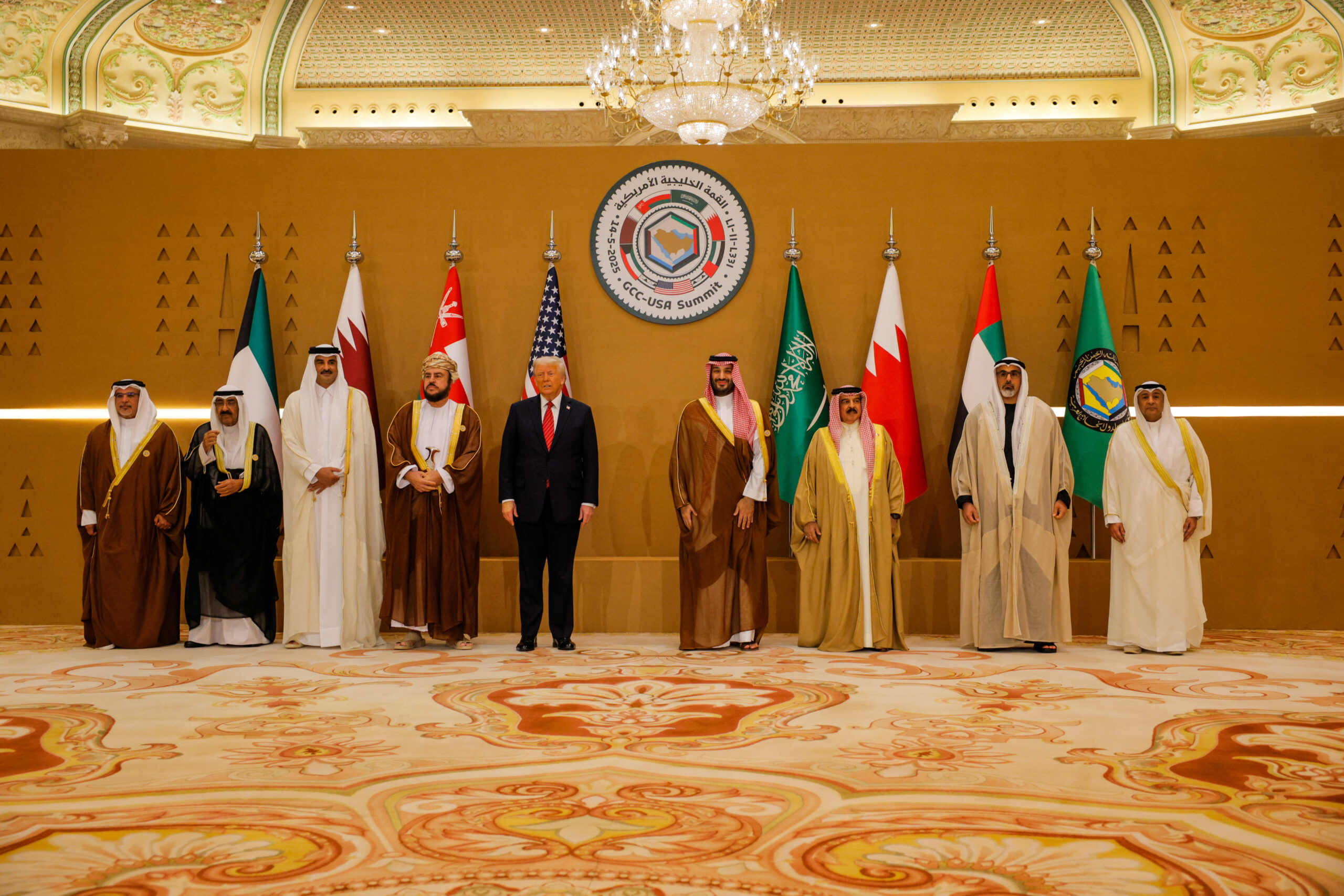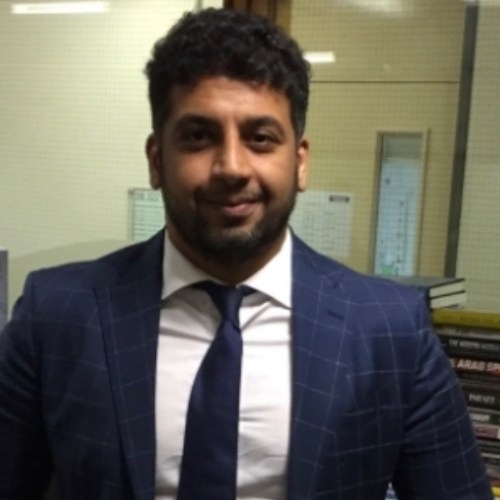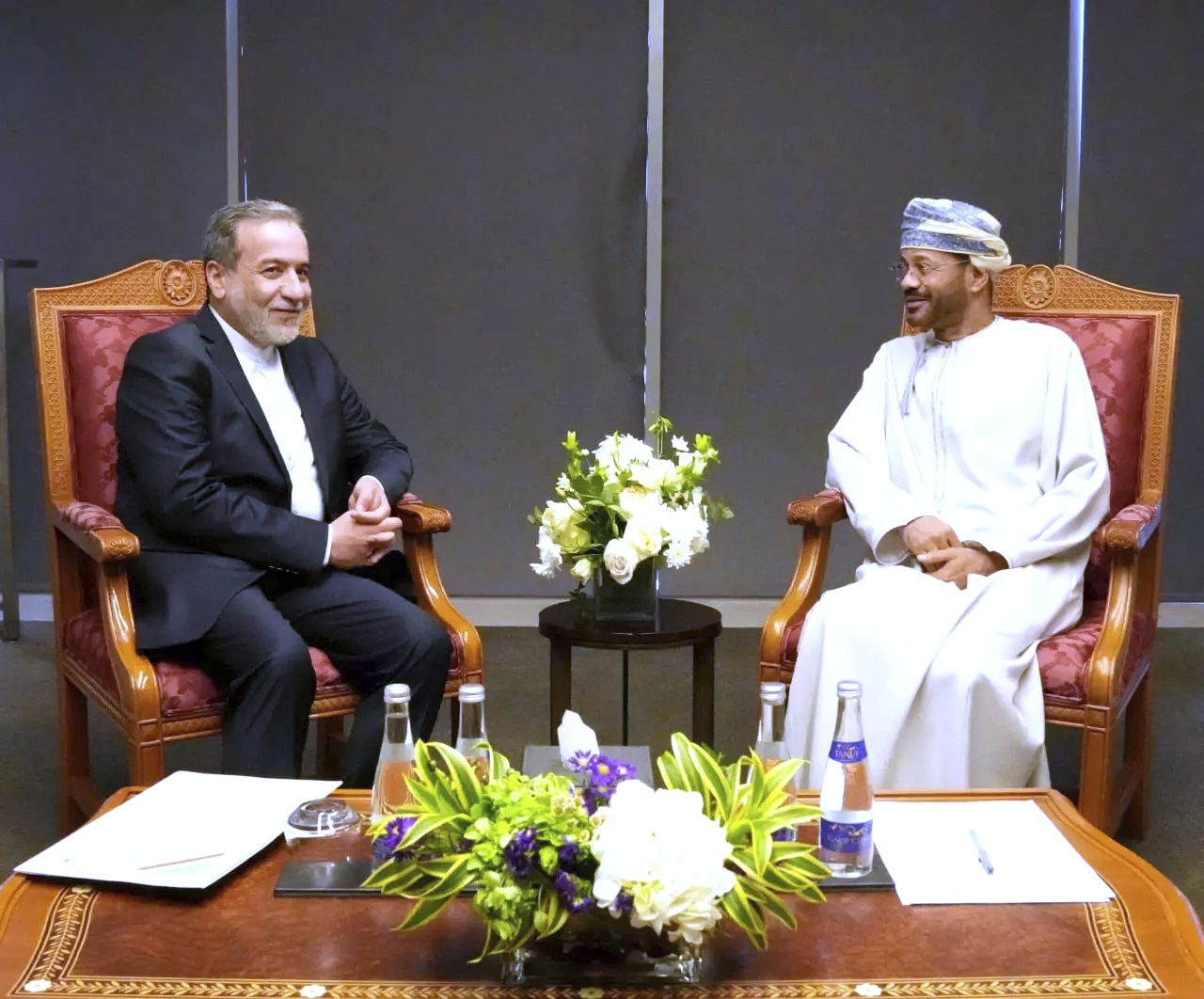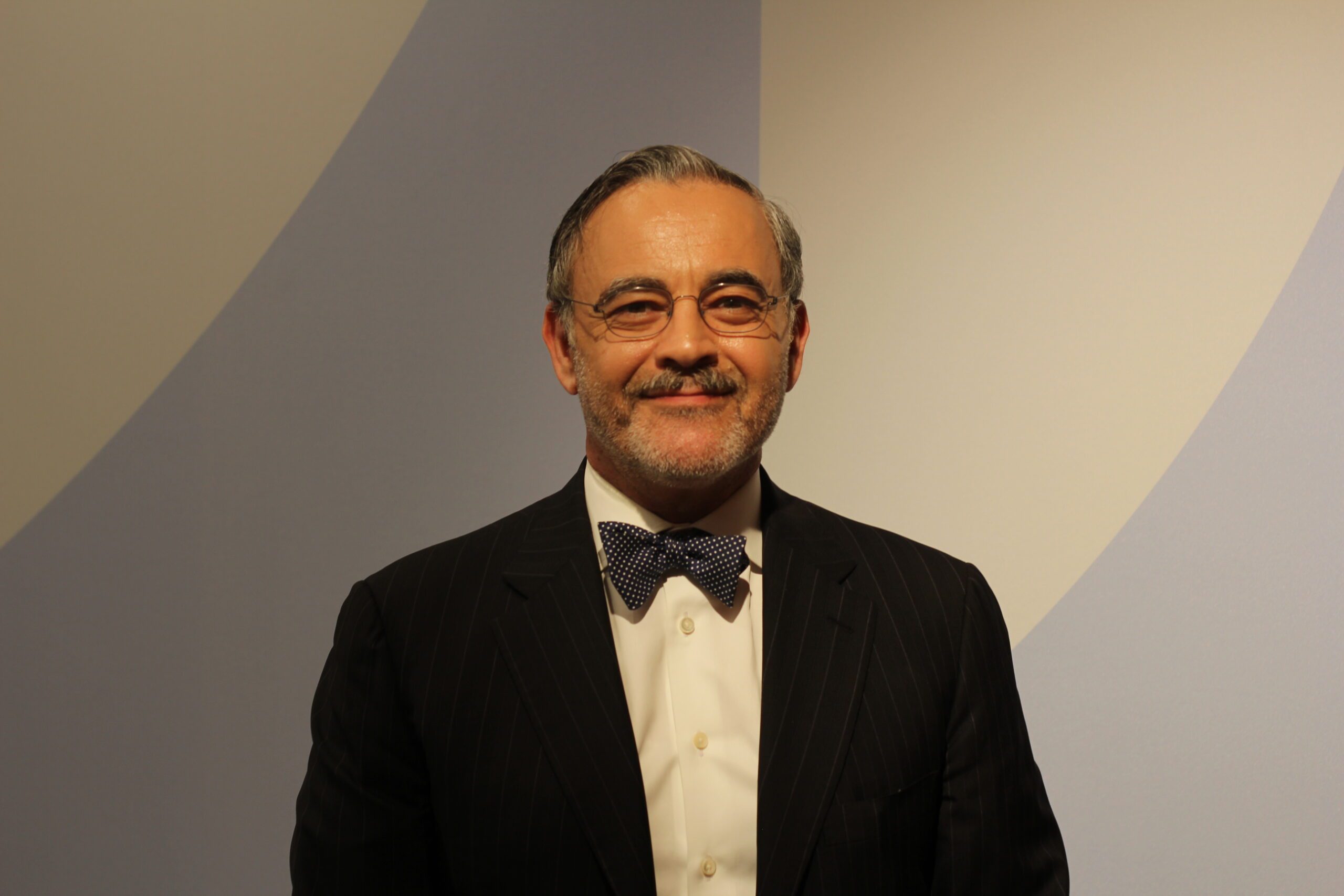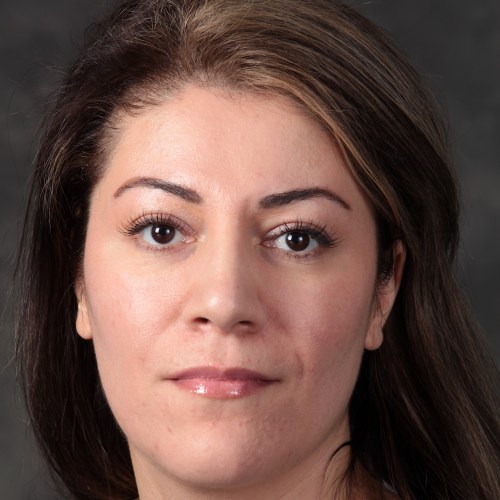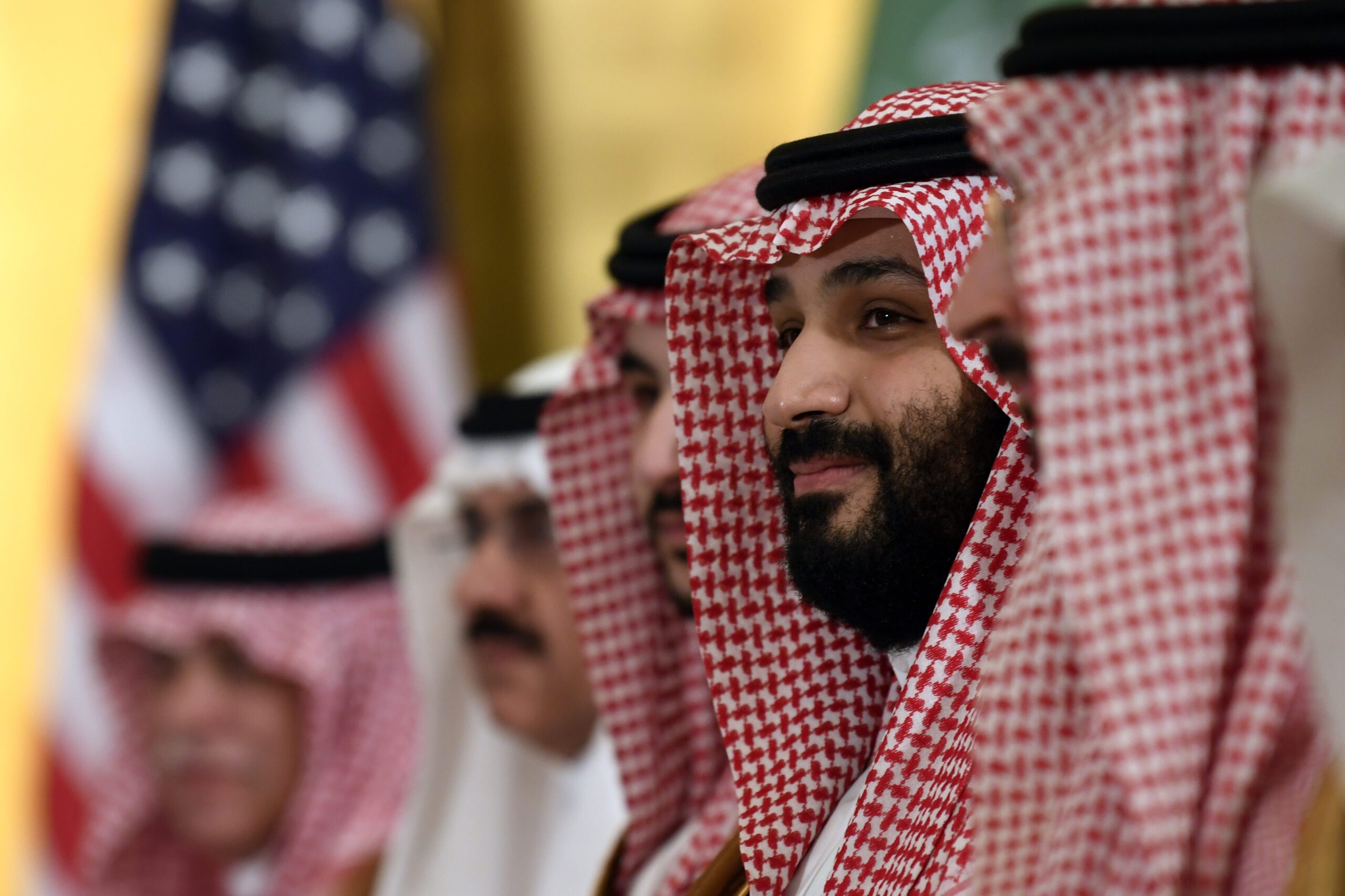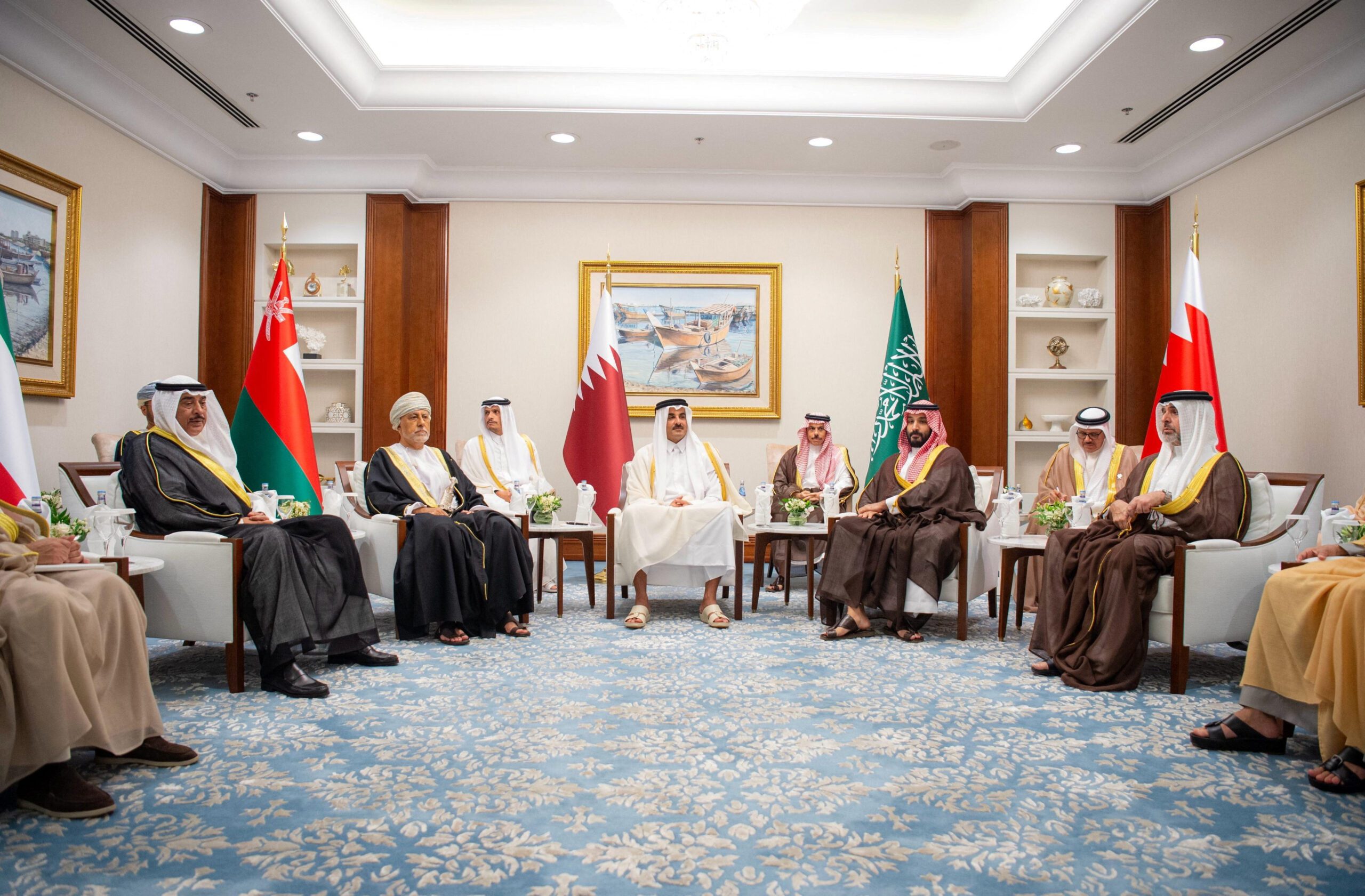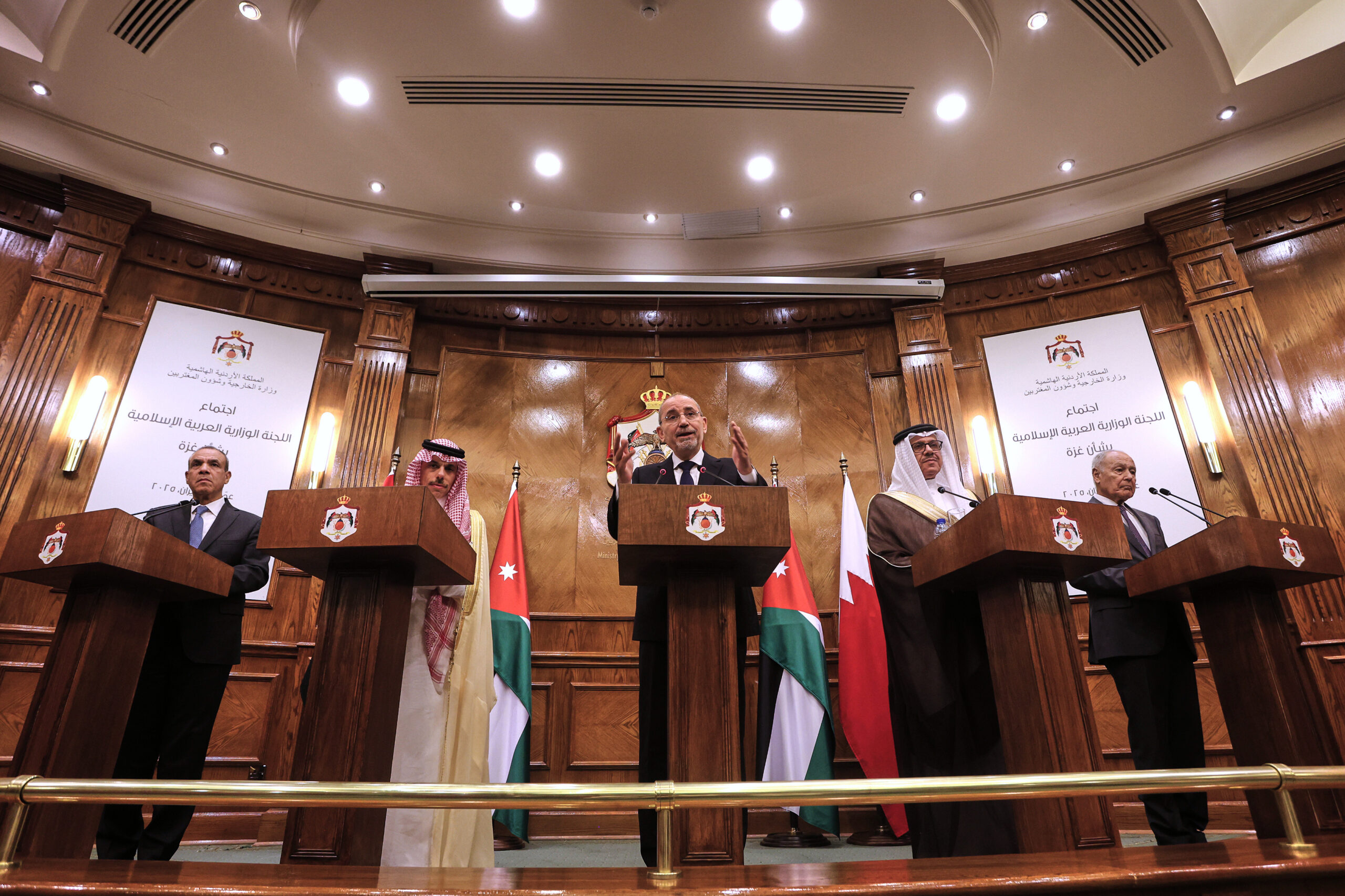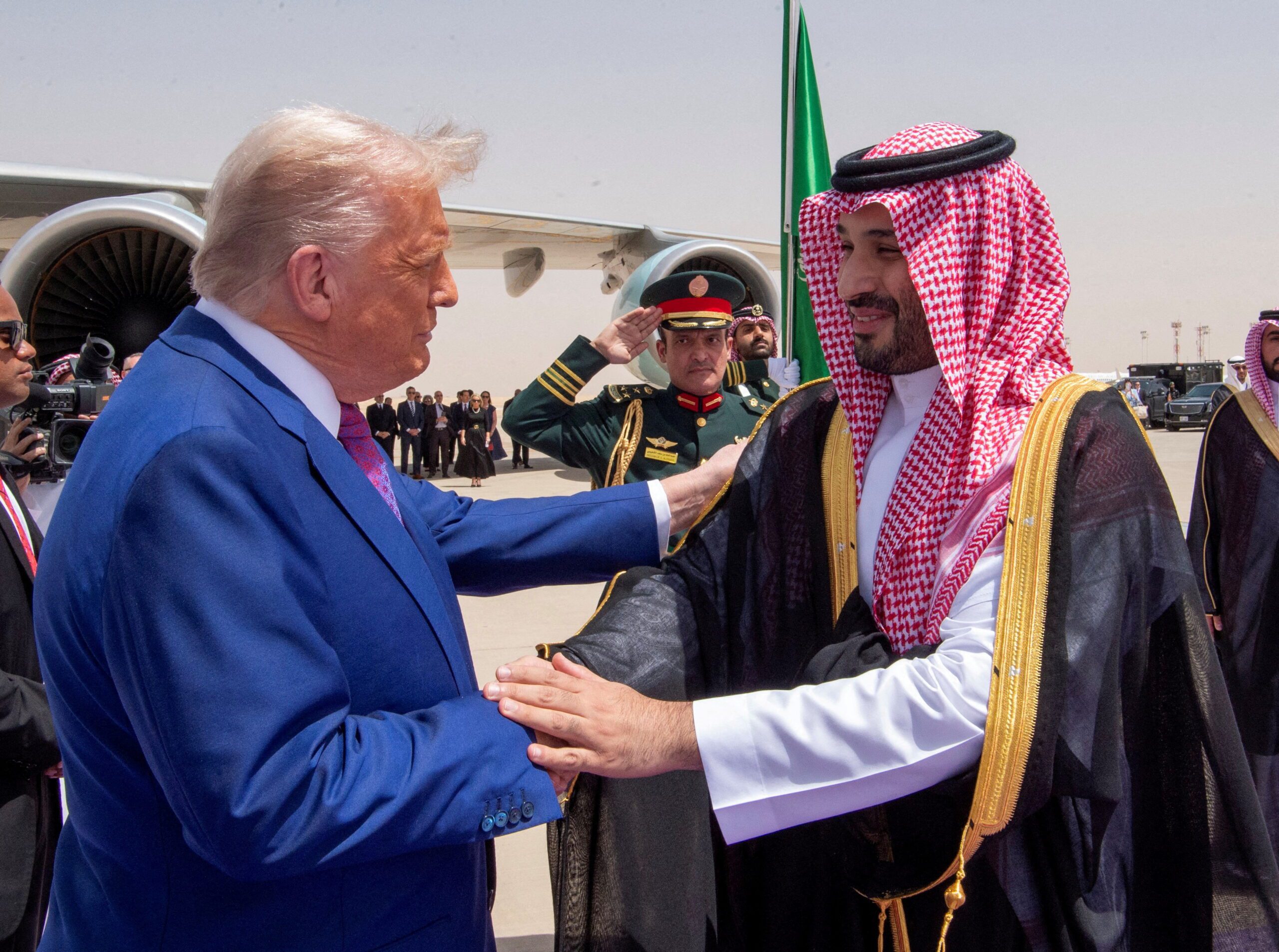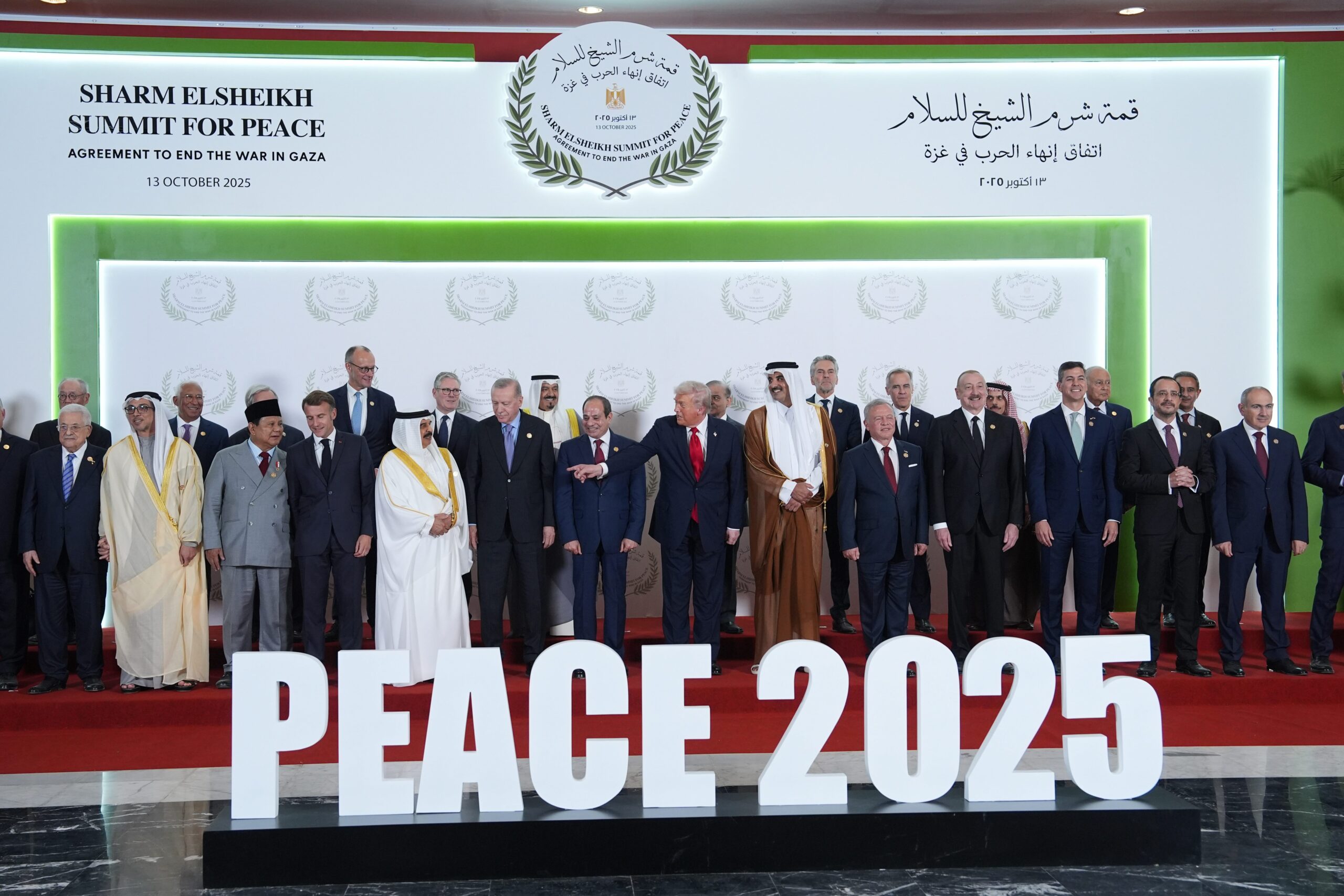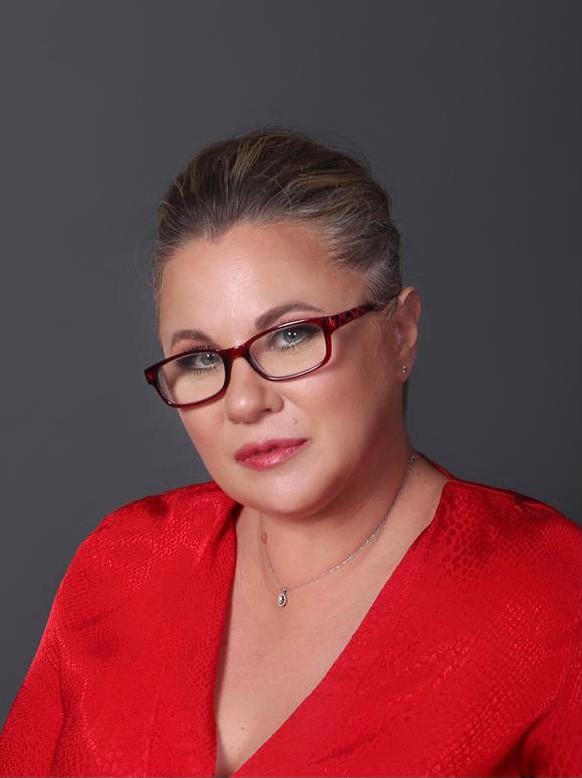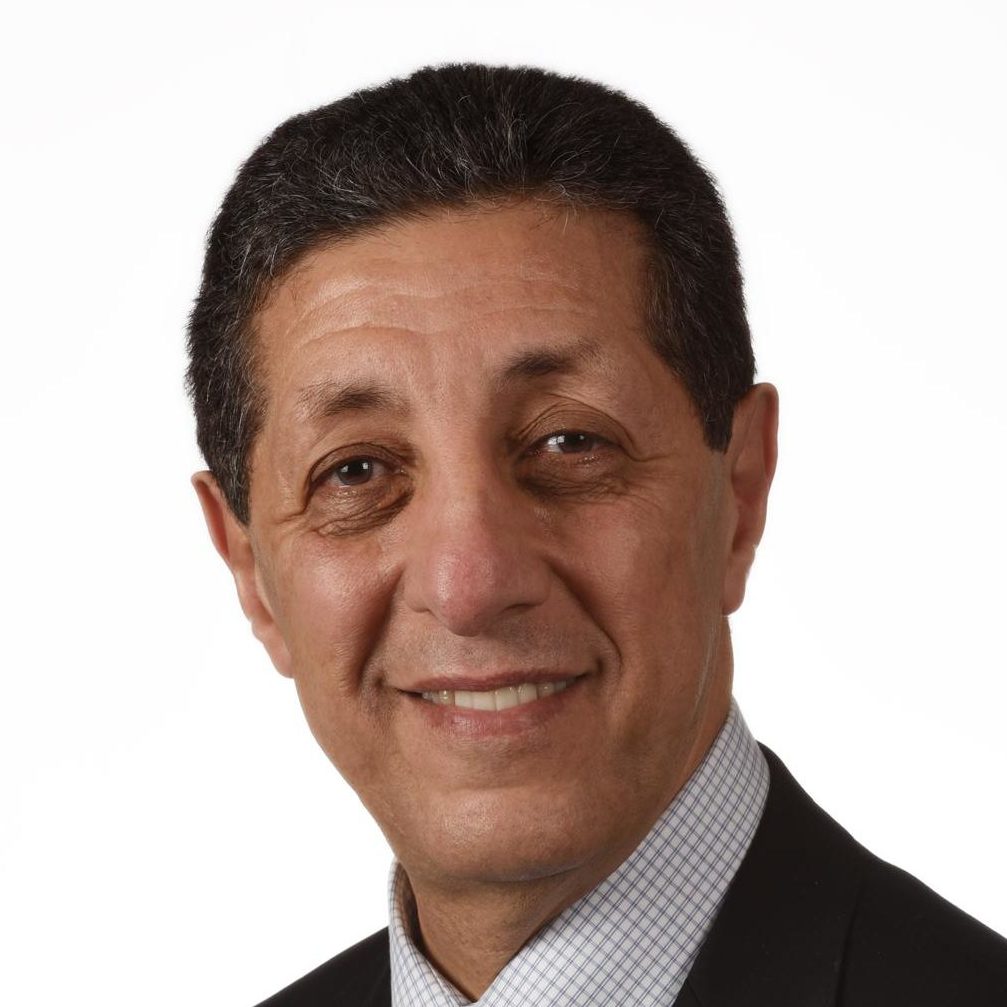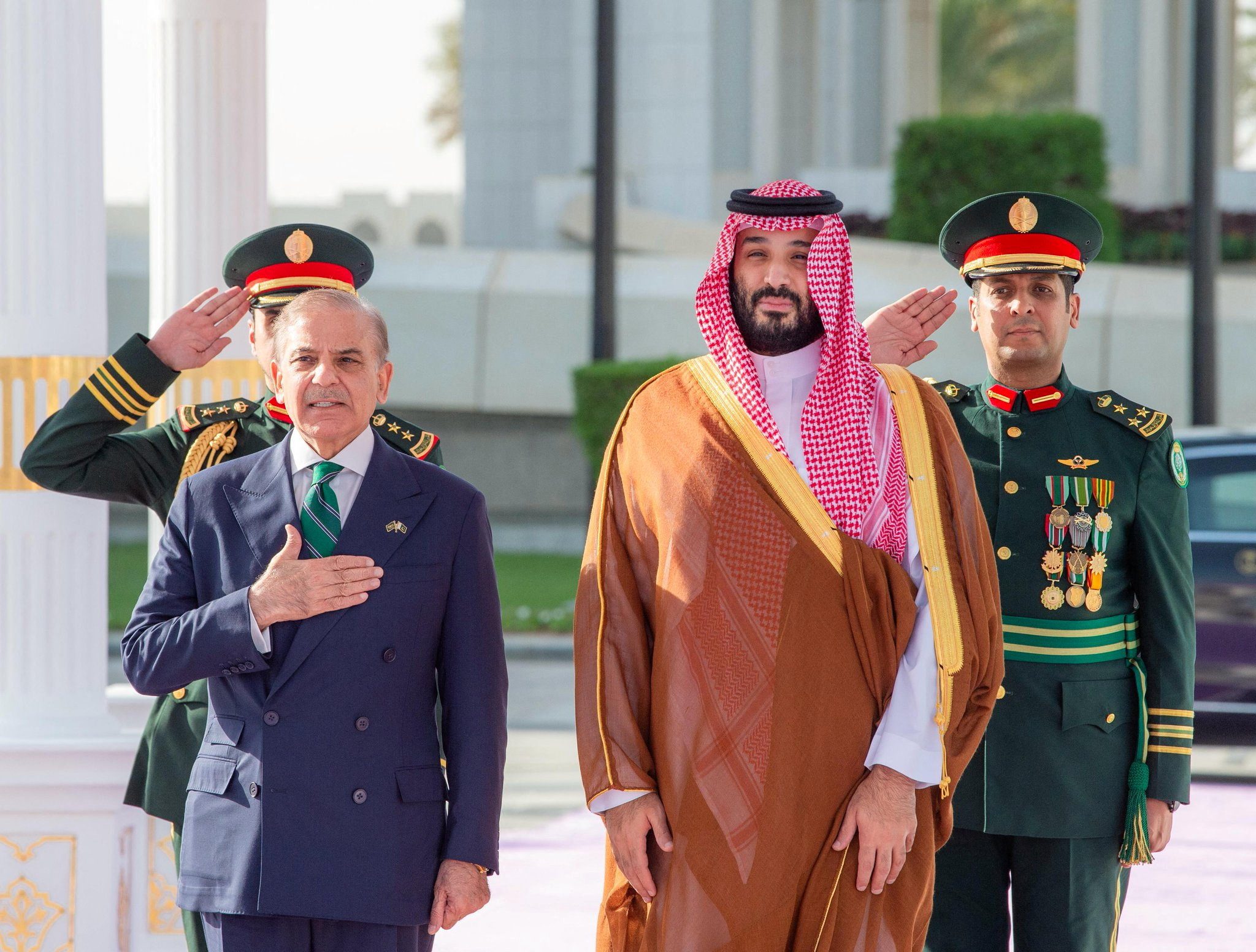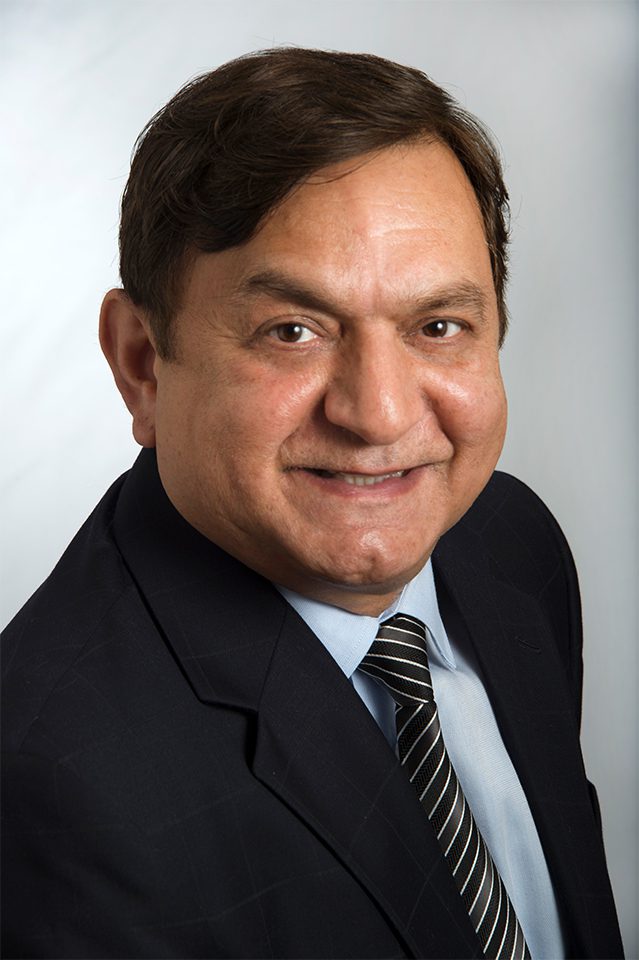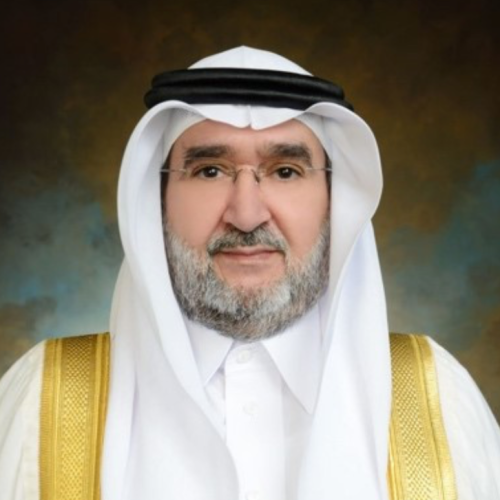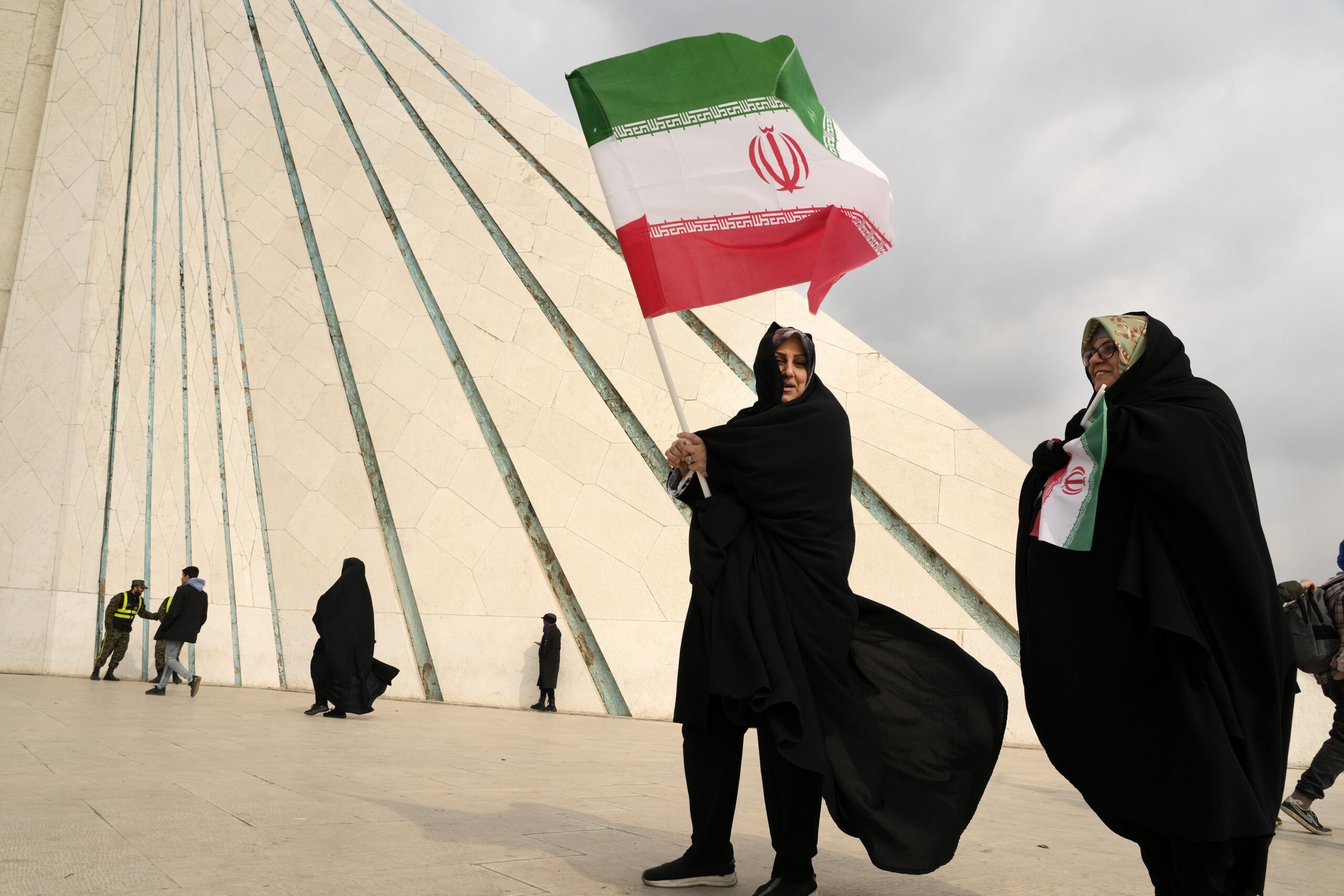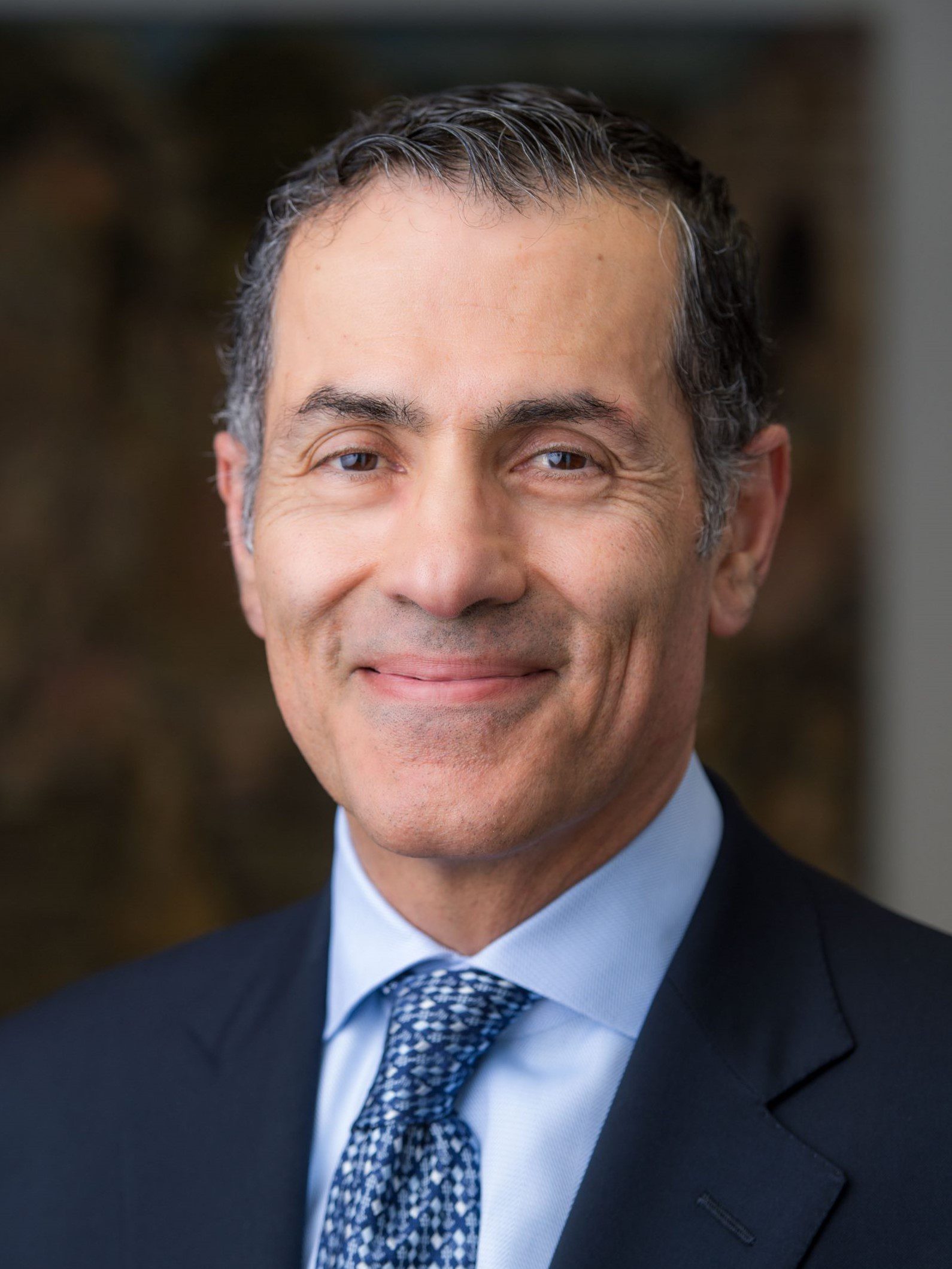Dec 9, 2024
The Domestic and Regional Impact of the Political Earthquake in Syria
The map of Syria has undergone a shocking revision, and domestic instability and retribution, with broader regional fallout, remain possible, even as diplomats engage and hope for the best.
13 min read
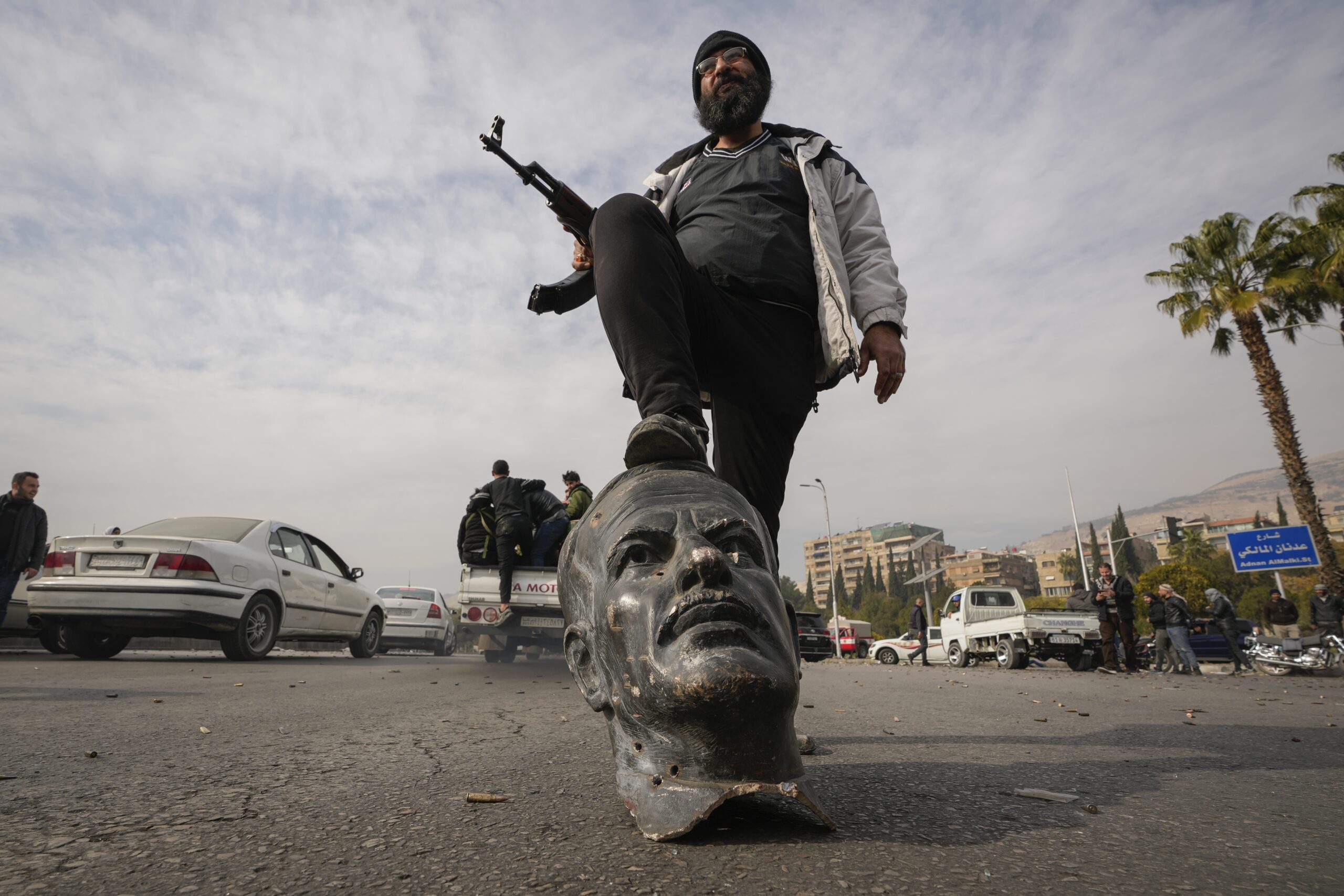
In a mere week, the map of Syria has undergone a shocking redrafting: not the cartographic map of straight lines and known cities but the geostrategic map of control, contestation, and military outcomes. The regime of ruthless autocrat Bashar al-Assad has collapsed after just a few days in political intensive care. The distracted and depleted Russian and Iranian regimes proved strikingly unable to provide the urgent, regime-saving intervention once again required, as when they jointly intervened in the fall of 2015 to save Assad from precisely this kind of scenario. A massive political earthquake struck Syria, reordering everything in ways that everyone, even its principal authors, are still struggling to comprehend and much of which has yet to play out.
The entire Middle East has been rocked by the tremors and aftershocks, and the understanding that, with Assad gone and the new political order in Syria yet to be determined, nothing will ever be the same. There are clear winners, including Turkey and, to a lesser extent, Qatar. And there are clear losers, including Iran, and, to a lesser extent, Russia. Others, such as Israel and Gulf Arab countries, including Saudi Arabia, are still waiting to assess whether their strategic situations have been strengthened or weakened. The United States does not yet appear to know quite what to think. Events have moved so quickly and with such widespread and intense impact, it’s useful to review what has happened and what might develop in the days and weeks ahead.
What Is Known
As news broke that Damascus had fallen to rebel forces led by Hayat Tahrir al-Sham, Mohammed Ghazi al-Jalali, the figurehead prime minister of the Assad regime, issued a statement welcoming any government chosen by the people and calling for free elections. He was later seen escorted to work by the rebels, after HTS leader Abu Mohammad al-Jolani (a nom de guerre) issued orders (under his real name, Ahmed Al-Shara) December 8 that Jalali would continue to supervise state institutions until a later stage in the post-Assad transition. Reports indicated that Assad had flown from the capital on Syrian Air and has requested and been granted political asylum in Russia. Damascus fell without much of a fight as did the strategically located city of Homs barely 12 hours earlier. That falling domino, after the earlier routs of regime forces in Hama and the crucial northern city of Aleppo, sealed the regime’s fate, particularly after Iran and Russia failed to respond as the rebels’ offense erupted with astonishing force and speed. Videos showed Syrians wandering through or politely helping themselves to items in the presidential palace. The Iranian Embassy was stormed by Damascus residents. The status of Russian forces, and their grip on cherished naval and air assets in Tartous and Latakia on the northern Syrian coast remains unclear.
A day before the fall of Damascus, the deputy foreign minister of Turkey, Nuh Yilmaz, told delegates at the Manama Dialogue that Turkey had not supported the offensive either in concept or execution, a claim that lacks credibility given Turkey’s Syria policy, close relations with HTS, and even closer relations with allied factions in the offense. He added, more credibly, that the international community would have to come to grips with “the new realities.”
While other rebel groups, including the Syrian National Army, have a closer proxy relationship with Turkey, HTS in its current incarnation has been shaped significantly by Turkey’s handiwork. Ankara has used support, guidance, and the other strings and sticks of influence to shape the group (crucially including helping HTS clean up its image) and try to exert some control over it.
Senior officials in the region and around the world have been scrambling to respond to the rapidly unfolding, seismic developments in Syria. Dramatic strategic shifts on the battlefield have left policymakers breathlessly scrambling to recalculate their interests, formulate goals for a post-Assad Syria, and craft a credible rhetorical response to this political earthquake. President-elect Donald J. Trump issued a statement shortly before the fall of Damascus saying the United States should let the situation play out and not get involved, while noting the messy realities in Syria. President Joseph R. Biden Jr. said the downfall of the regime was a measure of justice.
What Might Happen
It is unclear how orderly the transition to a new reality in Syria, or that new reality itself, will be. Initial signs indicate some degree of effort on the rebels’ part to establish control while maintaining stability and preventing chaos. The prime minister’s statement and Jolani’s orders also point to a surprising – and welcome – level of coordination to attempt a systematic transition. Nonetheless, while HTS has had some practice – with, at best, very uneven results – at local governance in part of northwestern Syria it has ruled in recent years, that experience is rudimentary in comparison with the demands of ensuring order and organizing a functioning transition for governance in Syria. The scope of HTS’s ambitions to exercise national control of Syria and the level of input and control its key ally Turkey will exert over this process are decisive variables. One obvious potential spoiler is infiltration by the Islamic State group. It is generally operating in relatively remote parts of Syria between Homs and Deir al-Zour but could seek to use violence to sow and prevent its HTS rivals from consolidating control. It’s also possible for sectarian violence to erupt in score-settling, vengeful conflagrations, particularly between the majority Sunnis, who were generally marginalized and oppressed by the former regime, and the Alawite community that served as its bedrock and was its primary beneficiary.
Can the United States Exert Any Influence?
While the United States maintains some presence in the northeast, as it has pursued the fight against ISIS with its Kurdish-led Syrian Defense Forces, Washington has not developed the leverage to exert any significant influence in the broader Syrian context. While the United States has close and productive relations with NATO-ally Turkey, Washington cut ties with rebels years ago, designated HTS a foreign terrorist organization, and imposed economic sanctions against the regime and supplied large quantities of humanitarian aid to try to reduce the suffering of the Syrian people (caused by a combination of civil war, economic mismanagement by the regime, and sanctions). For years, the United States has called for a political solution in Syria, in line with United Nations Security Council Resolution 2254, and accountability for Assad regime crimes, objectives that all seemed unattainable until this past week. Close consultations with Turkey could deliver some indirect influence for the United States, but Washington is not well positioned to help shape the transition. The foreign terrorist organization designation of HTS might provide some leverage for the United States. A decision on whether to lift economic sanctions also provides some leverage, especially once a new government is in place.
Russia and Iran Survey the Wreckage
Russia and Iran have both suffered enormous strategic setbacks. The extent of the blow suffered by Moscow will greatly depend on whether Russia is able to maintain control over its naval and air bases in Syria. Nonetheless, Russian power, prestige, and clout in the Middle East and globally have taken a huge hit. Many Russians concluded that the highly successful war in Syria from 2015-20 was a test run for the more recent and still ongoing war in Ukraine. They had better hope the analogy is either more limited or less applicable than they might have thought only a few days ago.
Disastrous as this is for Russia, the impact on Iran seems almost certain to be far worse. Tremors from Syria could be felt deeply by Iranians, with people taking to the streets, inspired by the scenes in Damascus of a long-despised regime getting pulled down. However, the regime in Tehran – despite the heavy blows inflicted by Israel against it and its Lebanese proxies, Hezbollah – is hardly as hollow and paper-thin as the Assad dictatorship had become. It has a strong domestic Iranian constituency as well as forces that are ready, willing, and able to use lethal force against demonstrators. And it faces no armed, organized, battle-tested, and externally supported insurgent force like HTS.
Nonetheless, in a year of seemingly endless setbacks, the regime in Tehran has suffered yet another devastating defeat. HTS and others in Syria may soon decide to try to settle scores with Iran or its various proxies for all the years they propped up the Assad regime and committed or participated in some of the more gruesome massacres and atrocities conducted by, or on behalf of, the Assad dictatorship. Perhaps worst of all, Iran’s “axis of resistance” network of Arab militia groups is in total disarray, with the vanguard, Hezbollah, badly battered and degraded by its war with Israel this year. With the downfall of the Assad regime, Tehran has lost its only state-level ally in the Middle East, leaving it only with a motley collection of nonstate militia proxy groups, many of which are badly damaged or inexperienced, unimpressive, and even ragtag. Only the Yemeni Houthi rebels, which are hardly Iran’s most reliable militia clients, still appear to pose any serious military threat to Tehran’s adversaries. That constitutes an astounding, and profoundly humiliating, collapse of Iran’s national security strategy and leverage and clout in the Middle East.
Gulf Countries Assess the New Landscape
The Gulf Arab countries that previously appeared to be ascendant in the sustained struggle against Islamist influence in the region have been shaken by the political earthquake in Syria. The initiative by the United Arab Emirates, Bahrain, and Saudi Arabia – in concert with Jordan and Egypt – to normalize diplomatic relations with the Assad regime, based on what seemed to be a perfectly safe assumption Assad’s forces had prevailed in the civil war, suddenly proved to be a significant misstep. They can, and certainly will, argue that they were normalizing relations with Syria as a country and not with any specific regime – an assertion that can be accepted as strategically as it is offered if representatives of the new order in Damascus conclude that is the wisest course. At any rate, all of the Gulf Arab countries will certainly warmly welcome the vertiginous collapse of Iranian influence in Syria.
Some Gulf Arab countries (not including Qatar) may be apprehensive about the potential reemergence of a hegemonic Turkey with renewed regional ambitions as an ascendant Ankara charges ahead as kingmaker in Syria and redoubles backing for Islamist groups it, along with Doha, have used to assert influence. Like Israel, most of the Gulf Arab countries will welcome the downfall of the Syrian dictatorship while being wary about the implications of the HTS victory and the group’s rise to potential national dominance in Syria. Both Israel and the Gulf Arab states long observed the conflict in Syria as a struggle between the devil they knew and one they didn’t. Both the Israelis and the Gulf Arab countries will, therefore, be carefully watching the conduct of HTS to gauge the sincerity of their claims to have moderated away from their origins as an affiliate first of the Islamic State group and then of al-Qaeda, whether they or the regime or situation they create poses any threat regionally or anywhere outside of Syria and whether their success inspires copycats and ideological converts or adherents to destabilize other areas in the Middle East. The HTS victory in Syria also resurrects long dormant fears of a potential Turkish ambition to create a network of Sunni fundamentalist regional proxies to rival Iran’s now badly damaged network of largely Shia fundamentalist regional proxies – the former hardly better than the latter.
Northeast Syria
The Syrian Defense Forces cannot be encouraged by the present situation overall. HTS pressure and Turkey’s use of its closest proxy, the Syrian National Army, have already forced Kurdish forces out of areas near Aleppo, including Tel Rifaat, and back to their regional stronghold in northeast Syria. Syrian Defense Forces in Manbij and even Raqqa, which they control but from which U.S. personnel withdrew in 2019, are likely to find themselves under pressure from Turkish-supported forces in the coming days. How this might affect the U.S. presence in the northeast and the future of the Syrian Defense Forces remains to be seen. However, Trump has made no secret of his desire to remove U.S. forces from Syria, as he once ordered during his first term (only to reverse the order shortly after). He may well take advantage of the downfall of the Assad regime to withdraw all U.S. forces from Syria. This could leave the SDF isolated, abandoned, and probably in no condition to continue serving as the vanguard of the battle against the Islamic State group.
The collapse of the dictatorship that ruled Syria for over half a century is a massive political earthquake creating a gigantic impact inside Syria as well as tremors and aftershocks across the region. The optimists will point to the possibilities for a promising transition, and a new and well-deserved chapter in the history of Syria and its long-suffering, worthy people. The pessimists and students of the darker pages of history will focus on the prospects for instability and retribution, whether orchestrated or organic, or for additional fragmentation and an Iraq-style scenario that could doom Syria to a prolonged period of instability and ongoing brutality.
After so many decades of repressive, stifling, brutal dictatorship, and more than 10 years of calamitous civil conflict that has left so much of the country devastated and so many people killed, injured, or displaced, Syrians face the thrilling but profoundly challenging prospect of freedom. They must now somehow put that bitter and divisive past behind them and cooperate magnanimously to build a better, more unified, and more stable country. The rest of the world, including the United States and its Gulf Arab partners, must watch carefully and cautiously but whenever possible engage purposively to ensure that the new order in Syria not only allows the Syrian people to fulfill their destiny in freedom, dignity, and harmony, but also proves a significant asset to stability and security in the broader Middle East region.
The views represented herein are the author's or speaker's own and do not necessarily reflect the views of AGSI, its staff, or its board of directors.


